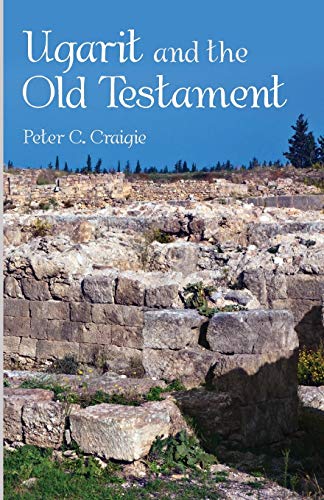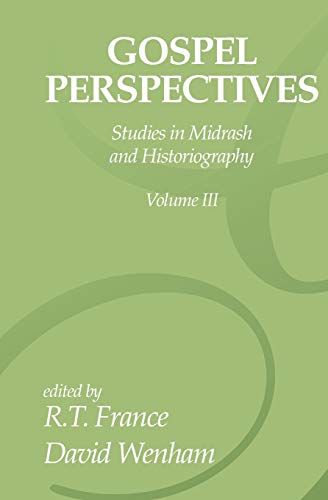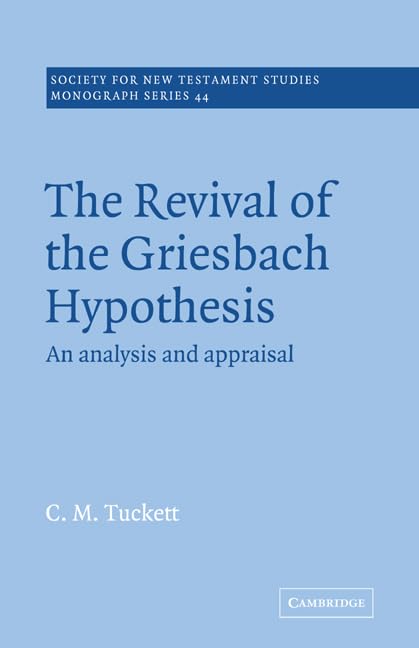A ploughman’s discovery in 1928 opened a new page in Near Eastern archaeology, giving birth to a new field of study, to an excavation continuing to the present through more than forty seasons, and to a multiplicity of books and articles. The ploughed-open tomb alerted officials of the French mandatory government, and C. F. A. Schaeffer was called from France to excavate in 1929. Rewards were immediate: richly furnished tombs and warehouses filled with pottery marked the site of a port that flourished in the 14th and 13th centuries bc.Nearby rose an impressive ruin-mound which Schaeffer soon began to explore. Here was a great city, violently destroyed. The ruined walls lay just below the surface, with them were pottery, metal-work and inscriptions. Very soon after the first trench was opened, clay tablets appeared. However important the sculptures, gold dishes and foreign pottery unearthed, written records always stand in a different category, and these proved to be very special. Their script was cuneiform, but it was not Babylonian (many Babylonian tablets came to light subsequently). Charles Virolleaud, Director of the Antiquities Service was invited to study them. Late in 1929 he published drawings of them, although he could not understand the writing. Other scholars worked on his article, and, by the end of 1930, the tablets could be read with assurance. Their script was a cuneiform alphabet of thirty signs, their language closely akin to Hebrew. The city was called Ugarit, so the language and script were named Ugaritic.
This is the story Peter Craigie relates in a matter-of-fact way in ch. II. Ugarit has long been his special interest, and he edits the valuable international Ugaritic Newsletter. His attention has centred on the theme of this book, the contribution of Ugarit to Old Testament study, especially the Ugaritic texts. Before evaluating this aspect, he carefully supplies the background in ch. III, ‘Life in Ancient Ugarit’. He describes the physical remains of palaces, villas and temples, a little of the material culture, and gives a summary of the city’s history in the Late Bronze Age. This chapter is the weakest in the book; the richness of the material remains, both in variety and craftsmanship, deserves more attention and extensive illustration. It is here that comparisons can be made very fruitfully with the pre-Israelite culture of Canaan. There are obvious similarities, but the whole needs to be examined in detail. Such a study might clarify a vexed problem the author mentions later, how closely can the culture of Ugarit and its texts be related to the Canaanites and the Old Testament, given the considerable distance between Ugarit and Israel’s promised land.
When he turns to the texts, ch. IV, Dr Craigie finds himself more at home. He explains characteristics of the writing, language, and literature, then summarizes the Keret, Aqhat, and Baal cycles. This leads him to his longest chapter (V), ‘The Old Testament and Ugaritic Studies’. Through nine examples he shows how the texts may aid the interpretation of the Old Testament, or how scholars have thought they may. On the matter of boiling a kid in its mother’s milk (Dt. 14:21) he shows the parallel claimed is an illusion, and on Amos’ profession he shows the cultic emphasis does not have support from Ugarit. On Psalm 29, on a word in Judges 5:17, on Isaiah 14, and on the Song of the Sea he finds more positive help.
The sixth chapter introduces recent discoveries at Ras Ibn Hani near to Ugarit. A palace and tablets of the same types as at Ugarit have been found there. He then gives a few paragraphs to Tell Mardikh, Ebla, further inland. The book is dated 1983, the Preface is undated. Readers should be aware that the section on Ebla rests on initial studies of the tablets which are now superseded. Ebla’s archive does not mention Sodom and Gomorrah, there is no connection with the Patriarchs, and the Semitic language in the tablets appears much less like Canaanite and Phoenician than thought at first. More relevant to the study of Ugarit are finds made on the middle Euphrates at Meskeneh, ancient Emar, where temples of the same date as those of Ugarit have been uncovered, and cuneiform tablets that shed light on the worship of Baal and other gods.
This small book introduces Ugarit very well. There is room for a bigger, more comprehensive work, and for more research. Both the texts and the material remains of the city of Ugarit have much more to offer to a balanced and careful investigation than has yet appeared. May Dr Craigie’s book stimulate some to take up this fascinating study in earnest.
A. R. Millard
University of Liverpool






